izusek/E+ via Getty Images
Co-produced with “Hidden Opportunities”
No doubt, 2022 has been a scary year for retirees. Stocks have plunged and exhibited nauseating volatility. Bonds, which traditionally hold the fort when stocks falter, have also plummeted. Analysts say 2022 is the worst year to retire, but let’s face it, Wall Street has a track record of scaring you into not hanging your boots.
Author’s Research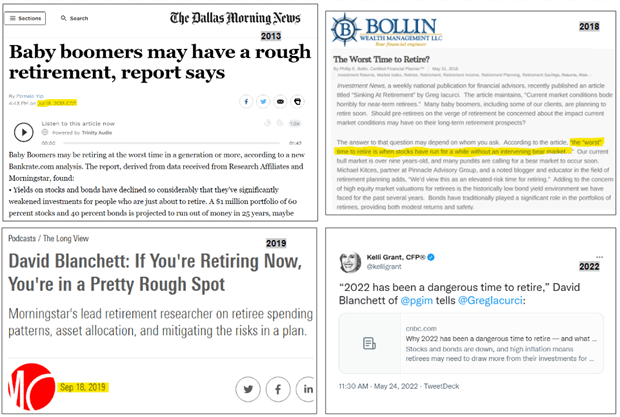
Fear sells, and Wall Street knows this well.
[There’s] far more money made through salesmanship abilities rather than investment abilities. – Warren Buffett
Let me entertain you with some positive data from Goldman Sachs (GS). The data below shows that high yields provide market-beating returns during high-inflation regimes.
Goldman Sachs dividend forecast
Moreover, the investment management firm projects dividends to be of greater significance in the S&P 500 over the next decade. The projection is reassuring for income investors and is backed by historical trends. Over the past two decades, dividends have been the only form of capital return demonstrating steady growth with minimal volatility.
Today, we discuss two picks with up to 8.7% yields to produce cash in this fearful market. Without further ado, let us dive into the recommendations.
Pick #1: JPS, Yield 7.2%
The International Monetary Fund (‘IMF’) routinely gauges the impact of global shocks on the financial system through its Global Bank Stress Test. The recent test applied with parameters used for a pandemic-type economic event showed an encouraging picture of resilience for international banks.
Fitch, IMF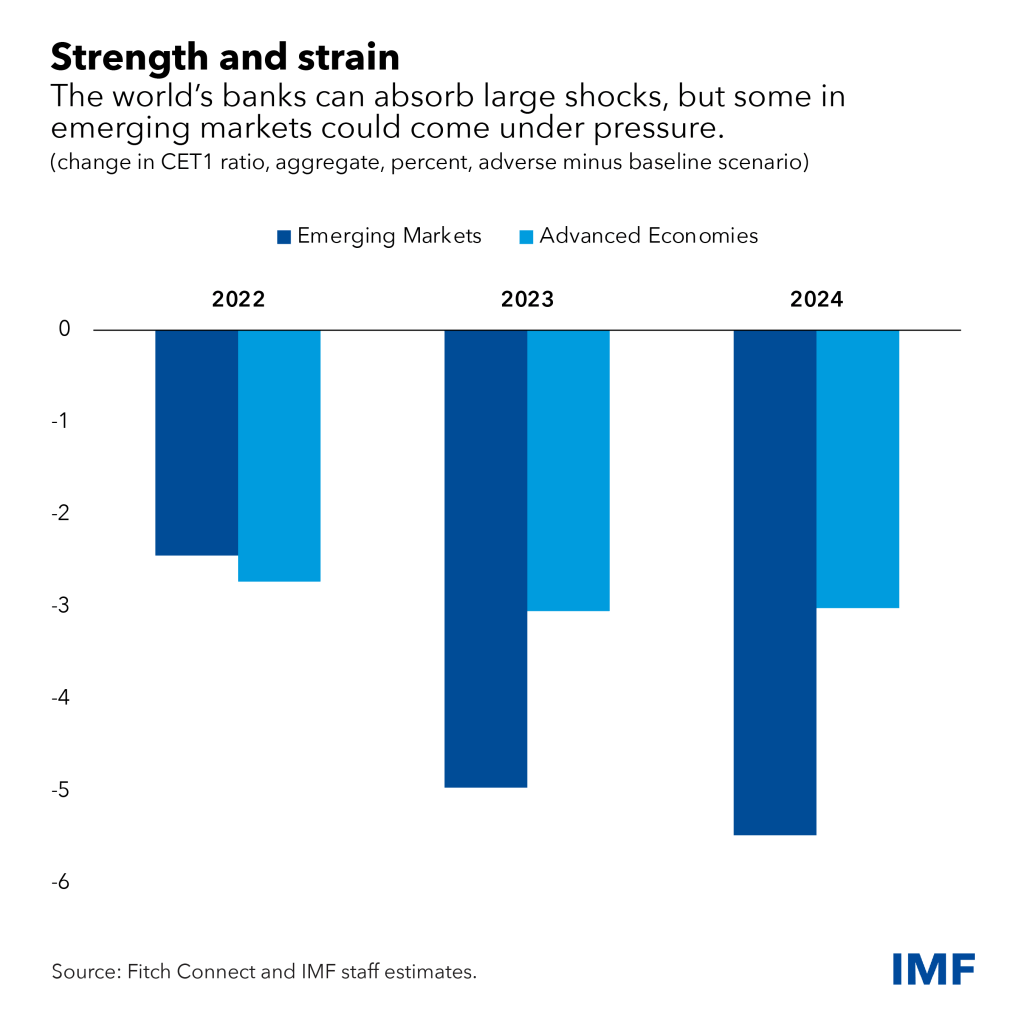
With global financial institutions well-positioned to weather economic thunderstorms, it is noteworthy that this sector is the largest issuer of preferred securities, a powerful tool in the arsenal for an income investor. (Source: Nuveen)
Today, we will look at Nuveen Preferred & Income Securities Fund (JPS). JPS is a CEF (Closed-End Fund) that aims to invest at least 80% of its managed assets in preferred and other income-producing securities, including hybrid securities such as contingent capital securities. Notably, ~86% of JPS portfolio securities maintain investment-grade ratings, indicating the higher quality of its overall composition.
JPS Fund Page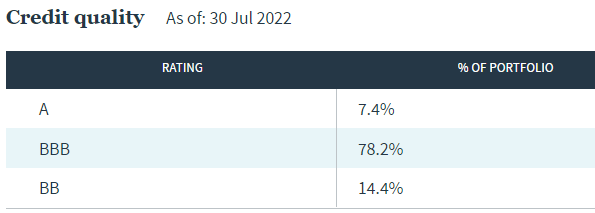
~65% of the fund comprises securities issued by banks, insurance companies, and capital markets. Global and national regulatory bodies closely watch these entities’ health and lending potential to prevent a 2008-type event.
JPS Annual Report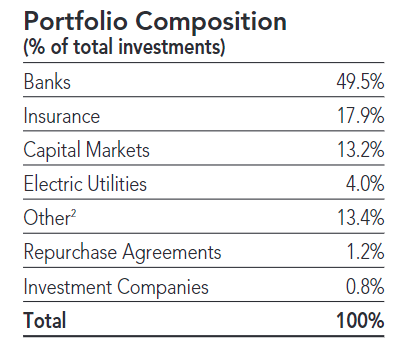
JPS comprises 235 securities with an average coupon of 6.2%. The fund’s top 10 positions are preferred securities of leading global banking names and represent ~34% of the total portfolio.
Nuveen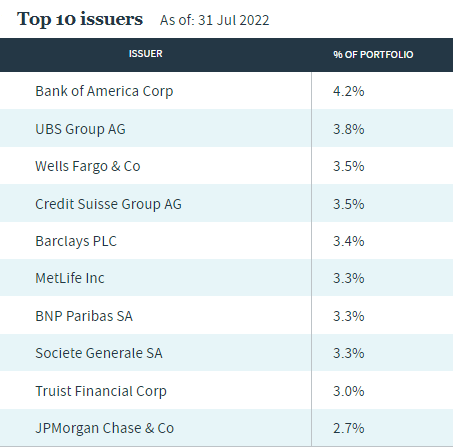
Today, the fund trades at an attractive 8% discount to NAV, making it a bargain for income investors and retirees. The fund’s current $0.0435/share monthly distribution translates to a 7.2% annualized yield.
It is noteworthy that JPS has paid $16.79 in distributions since its inception in 2002. In recent years, preferred shares have struggled with low yields as low-interest rates caused preferred equity prices to be bid up, putting downward pressure on cash flow.
This has been a similar story for all fixed-income investments. While investors are trained to see higher prices as a “good” thing, for fixed-income investors, higher prices result in lower cash flow and lower future returns. Rising interest rates are “bad” for prices, but they are great for future returns when investing in fixed income. For many years, dividends and interest from fixed-income investments have declined due to high prices and lower yields.
Despite this difficult environment, JPS has outperformed the iShares preferred ETF (PFF), as well as ETFs covering other debt classes like high-yield bonds, investment-grade bonds, and treasuries.
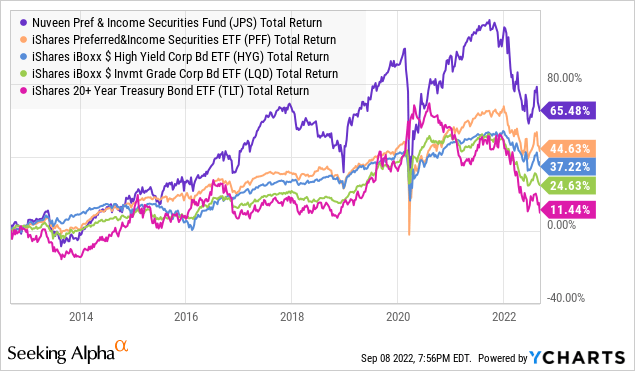
As we look forward, yields are getting higher. Money invested today receives higher dividends from preferred shares and higher interest from debt. As JPS reinvests principal, it will be reinvested at higher yields creating a turning point from the recent downward trends.
Some are worried about a repeat of 2008, which was terrible for banks. Yet, banking firms are much better prepared to handle a brutal recession and maintain lending capabilities than in 2008.
JPS, with its portfolio built with quality preferreds from the financial services sector, has outperformed its indexes through a tough period for fixed-income. With fixed-income much more attractively priced today, the outlook for future returns is brighter.
Pick #2: BST, Yield 8.7%
Rising interest rates hurt growth stocks, specifically those in the tech sector, due to lofty valuations and low (or non-existent) dividend payments. Higher rates reduce cash flows and stunt reinvestment into product innovation and growth prospects. This fear has caused the tech sector to plunge in 2022.
But Mr. Market is an inefficient forward thinker who tends to move from pessimism to optimism at the slightest hint of improvements in macroeconomics. After all, this is how the markets have behaved during rate hikes over the past ~30 years. They recover somewhere in the middle of the rate cycle and leave investors in awe.
Dow Jones data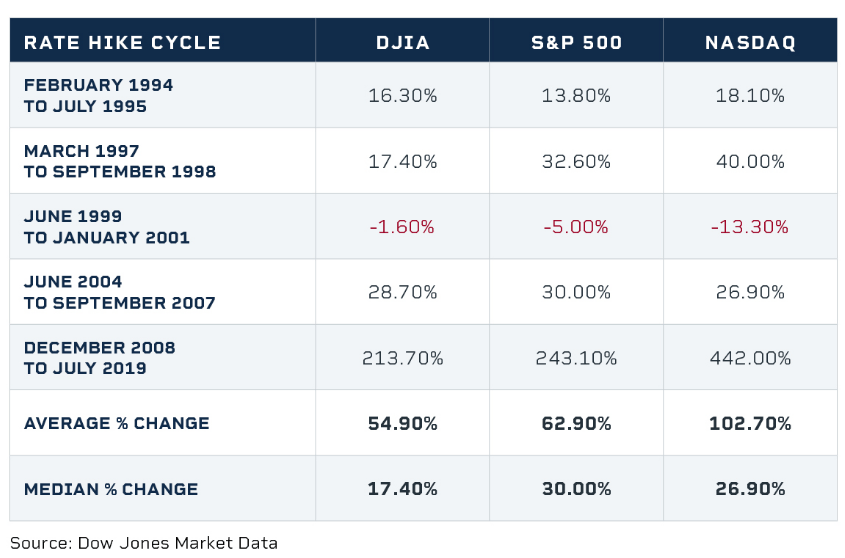
BlackRock Science and Technology Trust (BST) is a CEF with at least 80% of its total assets in equity securities issued by science and technology companies. Due to its high exposure to Software, Semiconductors, and the IT sector, this CEF resembles the NASDAQ index but is designed to reward income investors with large distributions. (Source: BST Semi-Annual Report)
Born in late 2014, just before the previous rate hike cycle, BST has achieved comparable returns to the leading market indices, with the most significant benefit being that the bulk of the returns has been cash distributions instead of capital gains.
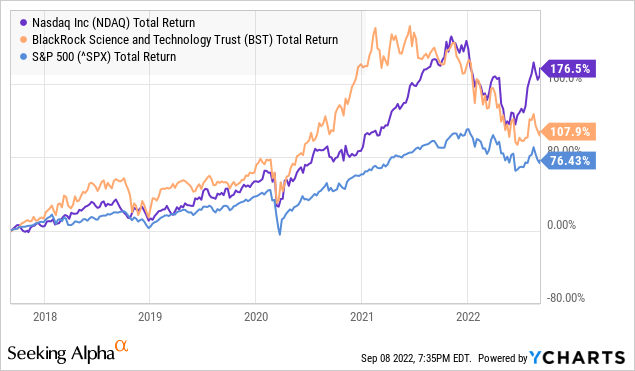
Let’s have a look at the income generated by BST compared to S&P 500 and Nasdaq
BST comprises 115 holdings, with its top holdings being some of the biggest global technology names. Apple (AAPL), Microsoft (MSFT), Alphabet (GOOG), and Amazon (AMZN) are wide-moat businesses, and the majority of us interact with their products or services on a daily (or hourly) basis. These four companies represent 17.2% of BST’s portfolio.
When tech takes a beating, it presents an excellent opportunity to start buying BST. The CEF trades at par with NAV and sports an attractive 8.7% yield with its $0.25/share monthly distributions. It is important to note that BST has maintained a steadily growing distribution since 2014, with its current monthly payment 150% greater than its yield at inception. The CEF has also paid at least three special dividends during its 8-year tenure, making it a strong ally for income investors.
If you like the growth prospects of tech over the longer term but like to collect reliable and growing dividend payments from your investments, BST is a solid fit for your portfolio.
Dreamstime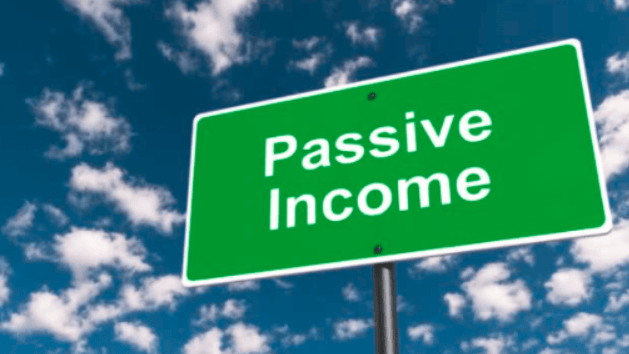
Conclusion
A typical American work life spans about 42 years. With over four decades of professional experience and even more significant life experience, do you still have to rely on Wall Street analysts to tell you when to retire?
While dividend stocks are not immune to market price action, when the sentiment is bearish, it is an opportunity to buy bigger yields on the cheap. These dividends are not meant to offset the temporary capital losses but are intended to provide a steady income for your requirements. You could withdraw this cash to support your retirement lifestyle or reinvest it to buy more shares.
Our HDO portfolio is designed to achieve an average yield above 8% from high-quality dividend-paying securities. As long as dividends come in, we are less worried about everyday prices, except when we shop the sale at the dividend store. The deal in the store is on, and these two big yields will fly off the shelves. Grab them before the next person and start taking control of your financial well-being with passive income from dividends.


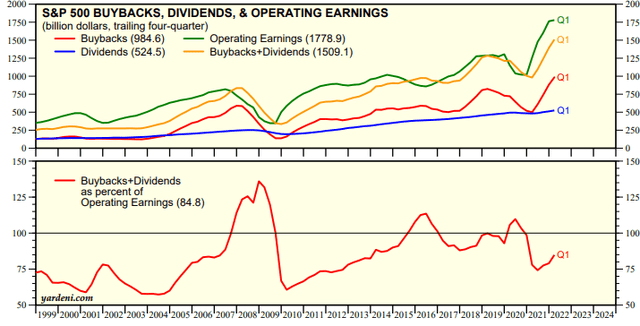
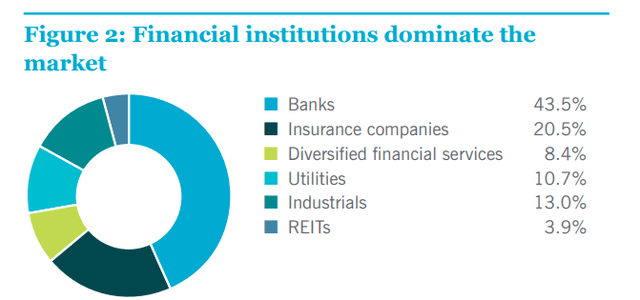
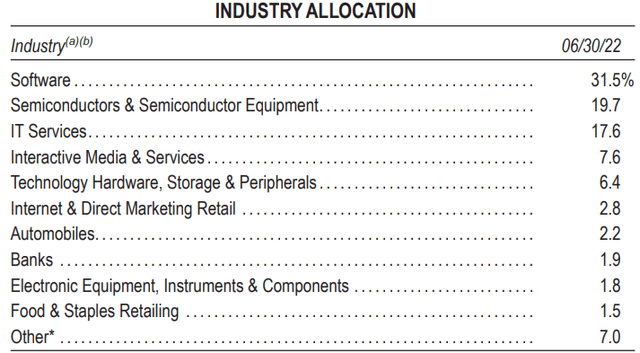
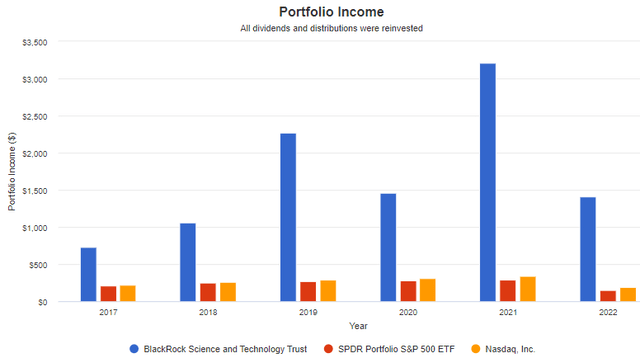
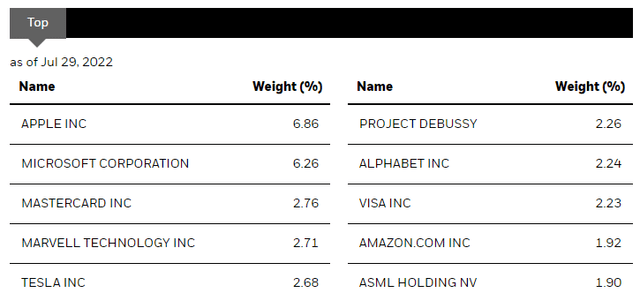
Be the first to comment